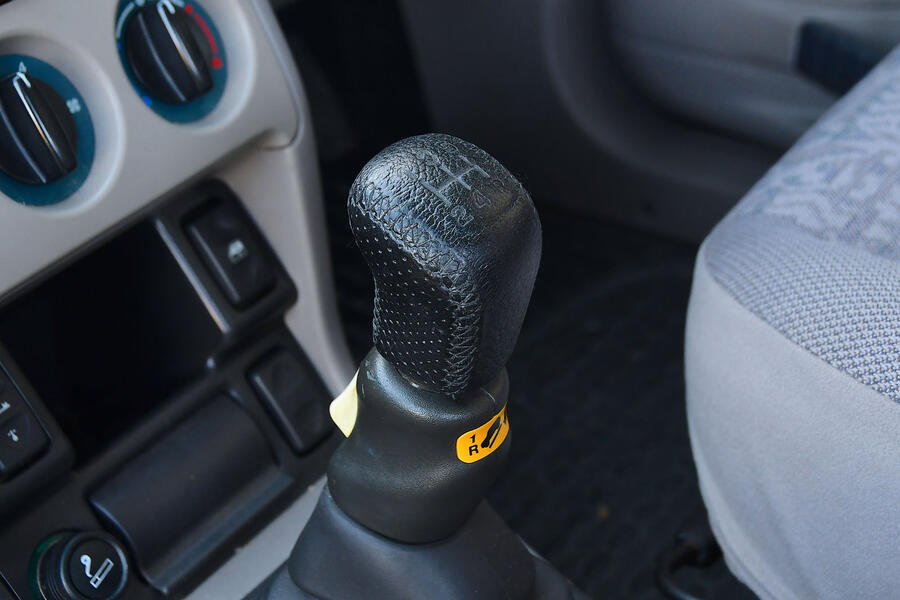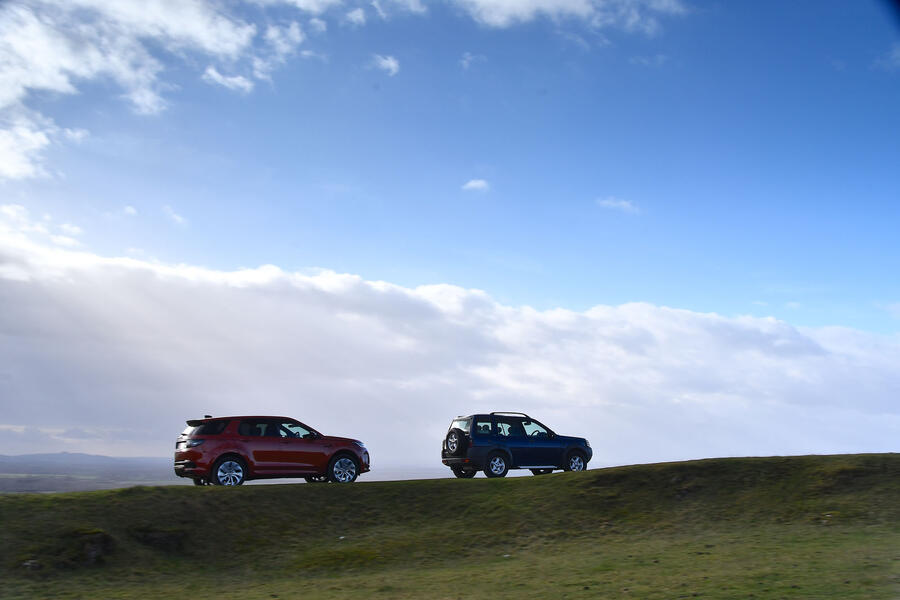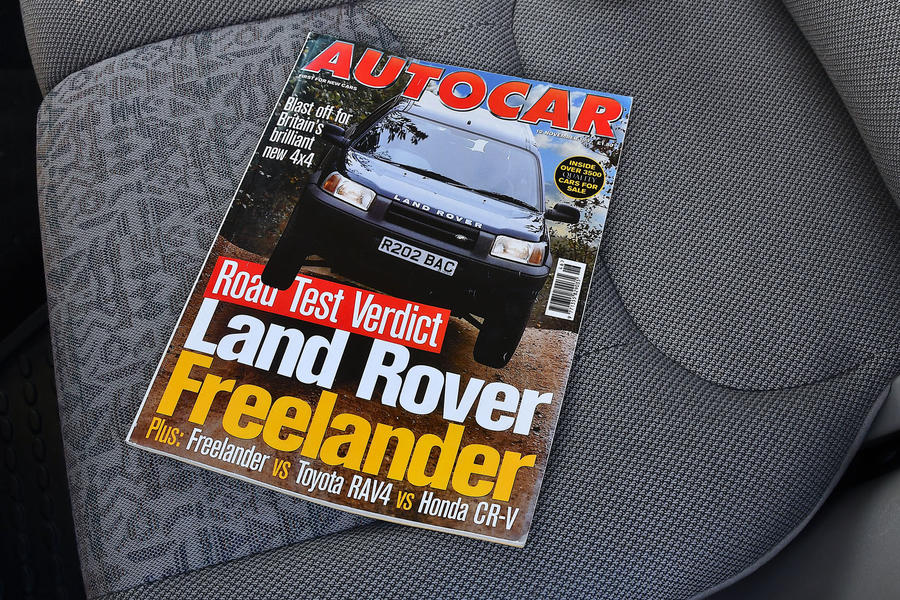Anniversaries are all well and good.
In the car world, they give us the chance to look back, see how far a certain product has evolved from launch and then be reminded about the relative lack of safety/ performance/efficiency versus its modern equivalent. We then swiftly move on, safe in the knowledge that cars today are – objectively, at least – just plain better. But sometimes, reviewing a car’s birth does so much more than give us a convenient yardstick by which to measure its successors’ progress.
When the Land Rover Freelander was launched 25 years ago, it played a pivotal role in the company’s future. It tapped into a market sector that was set for supersonic growth (and one that still holds sway today) and upturned people’s perception of the nearly 50-year-old brand name that appeared on its clamshell bonnet. Technologically, commercially and strategically, the Freelander made a permanent footprint on Land Rover, the effects of which can still be felt in 2022.

That’s why we’re gathered today at Gaydon (albeit outside the British Motor Museum, rather than next door at Jaguar Land Rover’s base) to sample the original Freelander’s legacy. Okay, you could say that the Land Rover Discovery Sport, as it sits next to its Freelander forebears, is an imposter, but to all intents and purposes, it’s Freelander 3 by another name. That’s because JLR is now keen to group its products as either Defender, Discovery or Range Rover. Just as it did in the late 1980s, in fact – although back then, each model line represented essentially one vehicle, not an entire range.
Dick Elsy, who led the original Freelander programme, explains why an all-new model was so important: “It became more obvious that there was a blank space in the Land Rover product plan about three years ahead. So we set ourselves the rather ambitious target of plugging it with the definitive leisure four-wheel-drive vehicle.”




















































Join the debate
Add your comment
Didn't the early Freelanders suffer with quite significant body flex?
Realistically the Evoque is the replacement for the Freelander not the much bigger Sport. JLR, actually very cleverly realised the Freelander was mostly being sold into the aspirational lifestyle middle classes so made the Evoque even more 'lifestyley' and slapped on the even more aspirational Range Rover badge and a hefty price tag.Obviously it worked as they sold bucket loads. I certainly saw in my school run days the 'comfortably off' mummies that I know used to have Freelanders driving Evoques, not D. Sports.
Land Rover should replace the Freelander with a smaller Discovery Sport and they should also build a smaller Defender. One would appeal to young adventurers the other to a family just starting out.
Indeed Disco Sport is just BIG as an entry level car ... car evolution size inflation means it's bigger than the original Disco 1. Nothing in the LR lineup to compete with the T-Roc, Niro etc is probably lazy product strategy (let's build RR, RR Sport, Disco, and Defender to all compete for the same audience!). A new Freelander to compete at the bottom would have been a nice idea but the world is on the EV journey now.
I agree, but they can't really compete on lower margin products - too inefficient, as Jaguar cars proved. They have to stick to aspirational high margin cars to make it work. What is odd is they have not tapped into Tata production abroad more to lower costs and make as you say compact lower cost range. If you have an aspirational brand you need to work it fully!